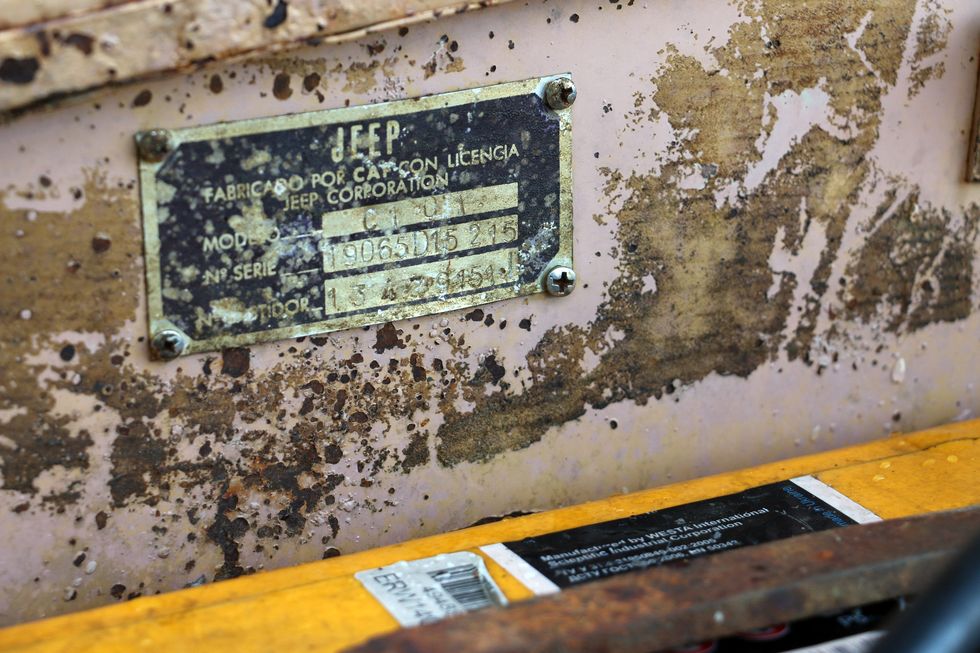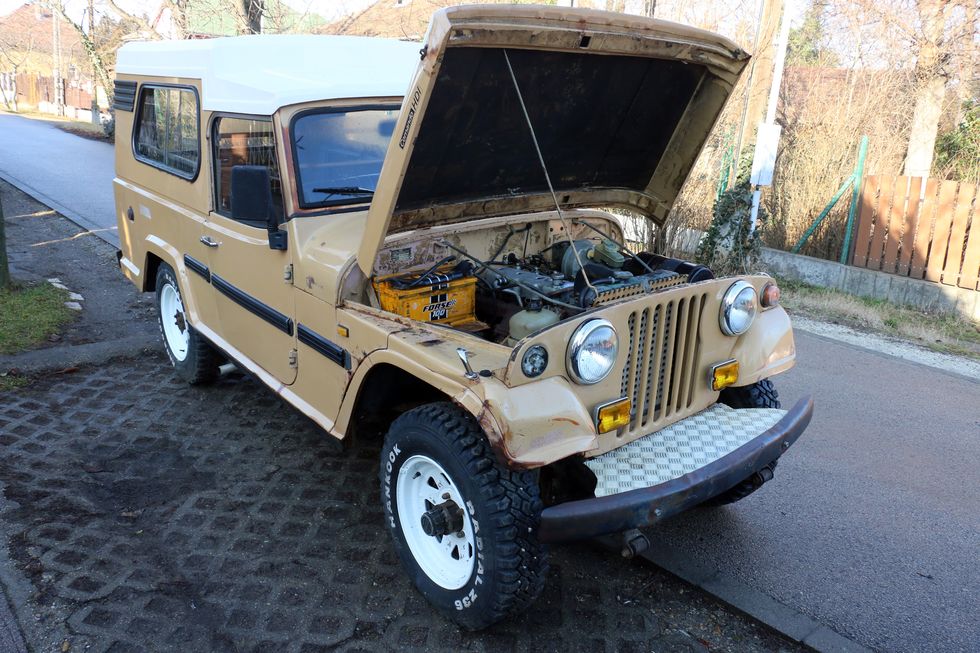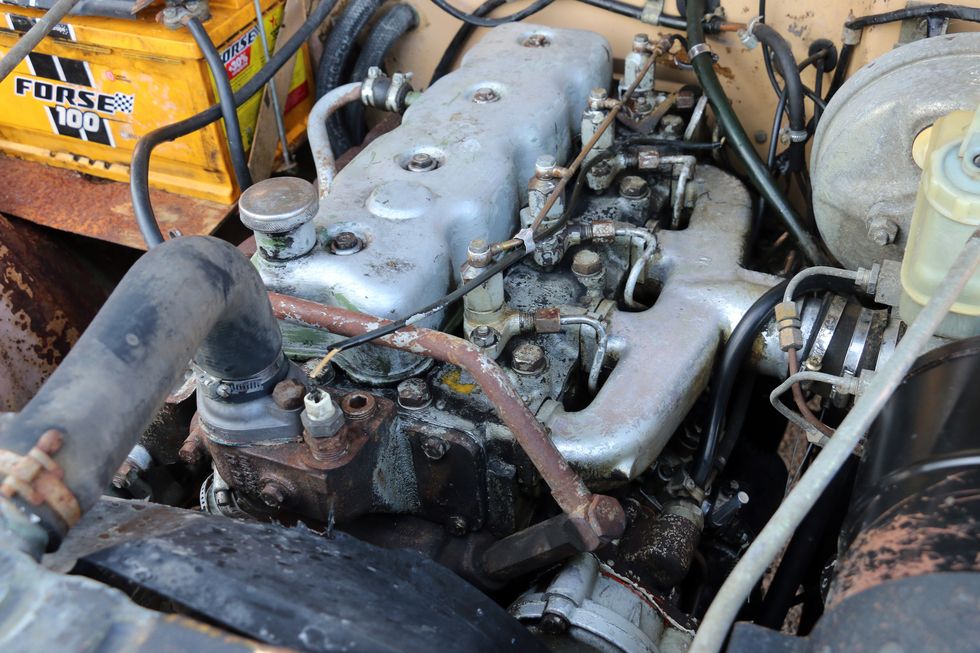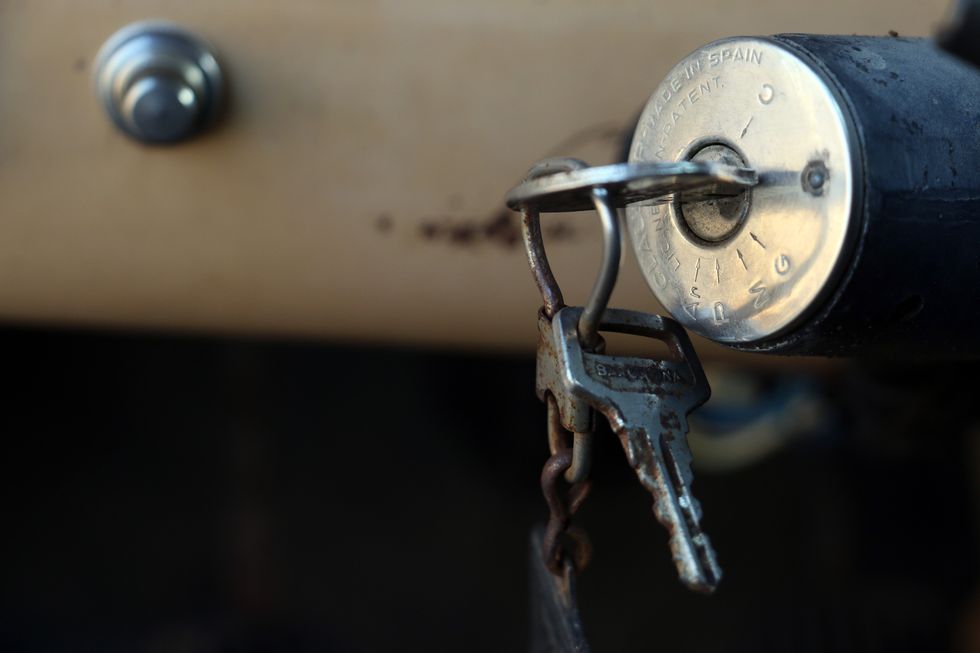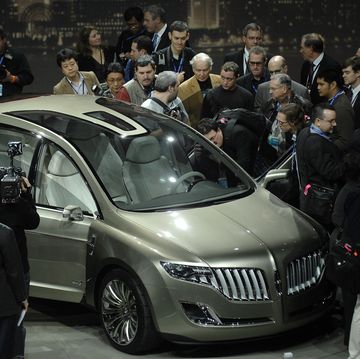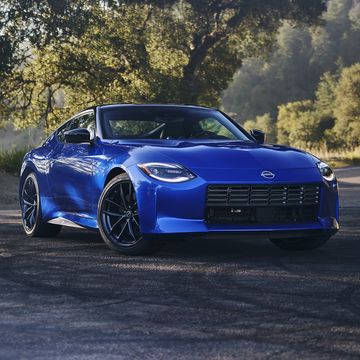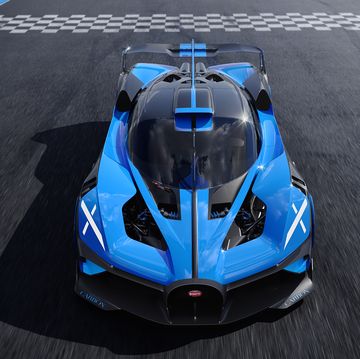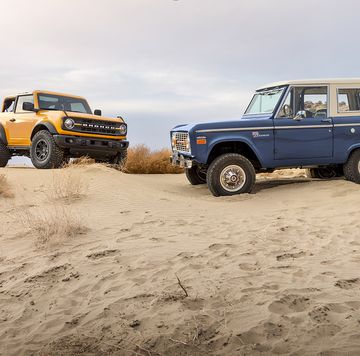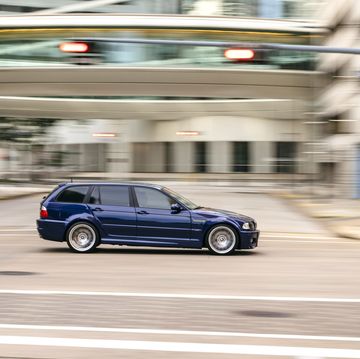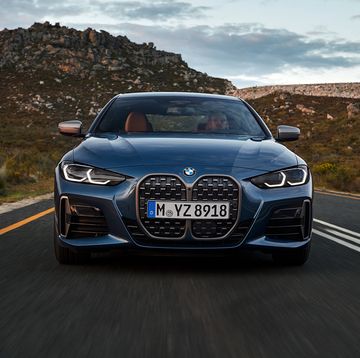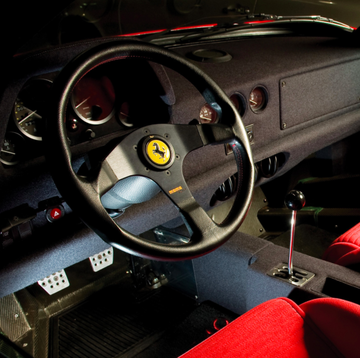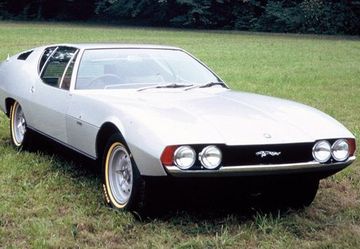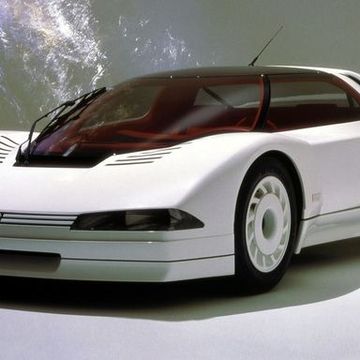A friend of mine deals with classic cars in Italy. On his way back to Hungary, his trailer is never empty. And so, when I heard that he now has a 1983 Jeepster Comando HDI on the outskirts of Budapest, I had to jump into my Autobianchi to see it for myself. This is one of the rarest of the white whale Jeeps, which entered production in Spain five years after the Jeepster Commando was discontinued in America.
The Comandos' story starts in the fifties, when VIASA (Vehículos Industriales y Agrícolas), a division of the railway giant CAF, was granted a license from Kaiser-Willys to build Jeeps for the Western-European market. They knew those working hard on the warm and sunny side of Europe deserved Jeeps just as much as Americans.
Interestingly enough, by 1963, VIASA came up with a completely new design for Forward Control Jeeps. Based on the Commando's chassis, the SV line included the Campeador (one-ton pickup), Duplex (double cab pickup), Furgon (one-ton van), and the Toledo (9-seat luxury passenger van). All were offered with two available engines: the Willys Super Hurricane inline-six and a Perkins 4-cylinder diesel. As for their Comando, the first prototypes were ready in 1968, and the Jeepster went on sale the following year in two colors and three body types: open top, with a canvas roof, or with a metal hardtop. Engine choices included the local Barreiros C-65 diesel, the more powerful Perkins or the gasoline-powered Hurricane.
In 1974, VIASA was absorbed by Motor Ibérica, the Spanish producers of the British Ford trucks. From that point on, Jeeps were marketed by Ebro, who made the Comandos more utilitarian, removing its hubcaps and replacing its split chrome bumpers with an honest chunk of steel. They also made the heater standard, among other upgrades.
Since Motor Ibérica took over Perkins Hispania as well, the outdated (and also Perkins-based) Barreiros Diesel was discontinued in favor of the 1.8-liter 4.108, which was a 61 horsepower oil burner used in a wide range of license-built Spanish vehicles at the time. Then came 1978 and the introduction of Ebro's extensively modified Jeepster, the Comando Heavy Duty.
This truck was powered by the 2.7-liter Perkins 4.165, which sent its 71 horses through a new front axle once the transfer case was pushed into four-wheel drive. The Comando HD was miles better than the original from a decade earlier, but customers were still disappointed by its load capacity.
To fix that, Ebro made the 1979 Comando HDI's metal top longer, thus getting rid of the American Jeepster's signature rear-end. On top of all this wonderful mess, the new HDI also came with a fiberglass roof to make the truck grow taller than ever before.
This particular sand-colored rust warrior is from the last production year of 1983. Up until its journey to Hungary, it's been used by Italian foresters, complete with all the jump seats, a hole cut through the floor for easy access to the fuel tank, and some Pizzeria's stickers cured by the decades of hard labor in the open.
The Fiat instruments and switches? Hardly surprising, given how Seat started out with the Italian technology. Some of Renault's electronics here and there? Why not? Those lovely fog lights are equally French.
But the Comando HDI's patented safety ignition switch? How about that, Jeep geeks?
Branded 'CLAUSOR,' the first position is ignition, the second is pre-heating for the diesel. Engine start is a separate button, and the off switch is cable-operated. Only when pulled can you turn the 'CLAUSOR' back to lock the steering. If only GM knew!
Thanks to Gábor Madosfalvi and the Club Jeep Comando España!

